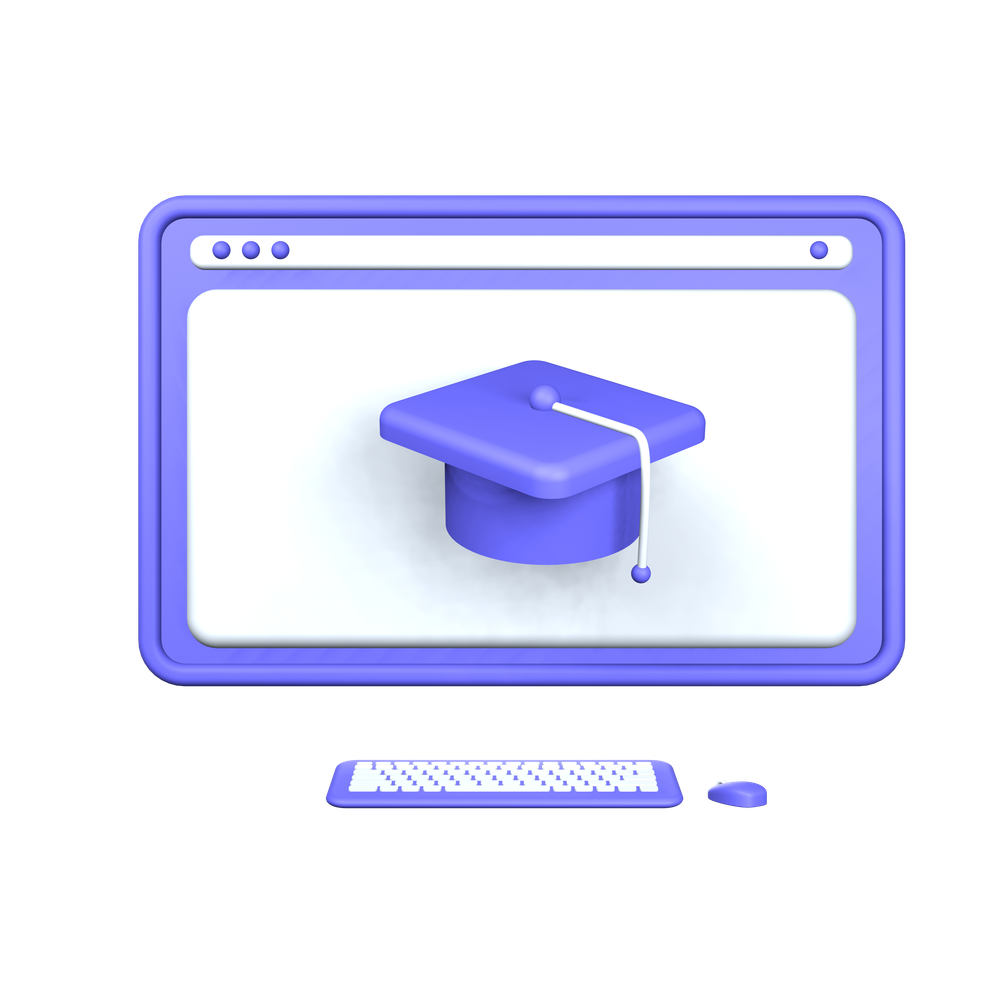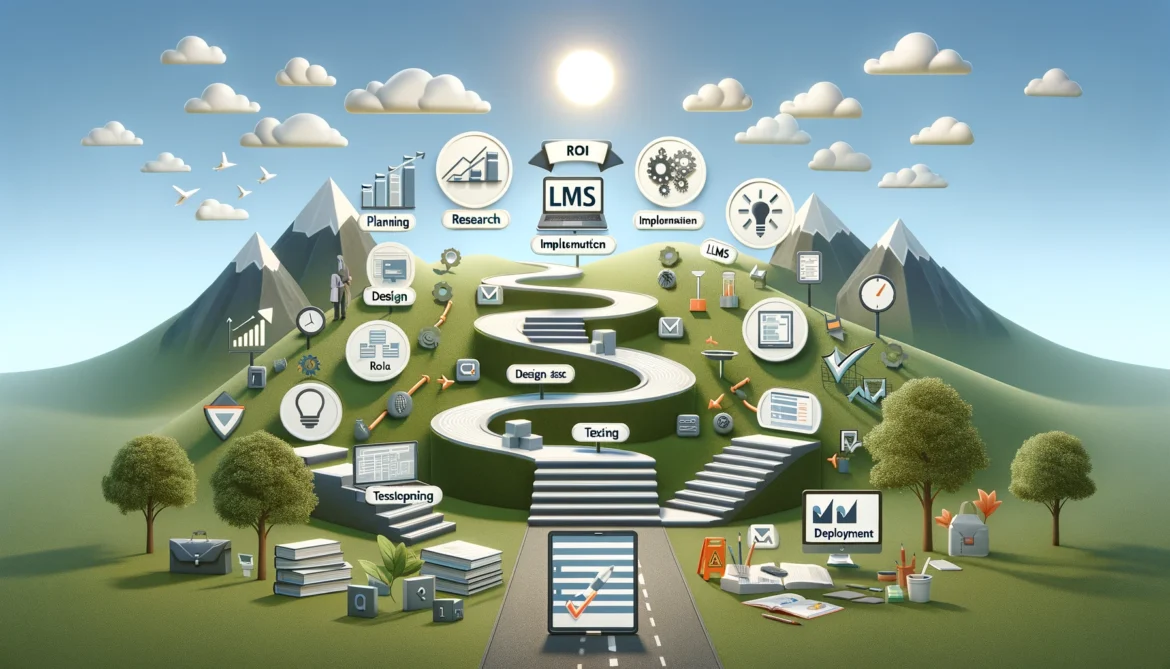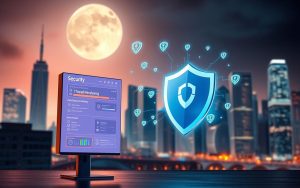Table of Contents
The creation of a Learning Management System from the ground up is an intricate process that demands not only a clear vision and strong commitment but also a nuanced understanding of the educational needs it aims to meet. In today’s digital age, where e-learning platforms have become central to educational institutions and corporate training programs, the significance of LMS integration services cannot be overstated.
These services are pivotal in ensuring that the LMS seamlessly interfaces with existing software ecosystems, enhancing functionality and user experience. The development of a custom LMS involves several critical steps, each requiring meticulous attention to detail and a deep understanding of both pedagogical principles and technological advancements.
In navigating the complexities of this process, the expertise of a seasoned development partner like Geniusee becomes invaluable. Geniusee stands at the forefront of educational technology solutions, offering comprehensive LMS development and integration services.
Their approach goes beyond mere technical execution, embracing a holistic understanding of the educational landscape to deliver solutions that are not only technologically advanced but also pedagogically sound. With a focus on creating user-centric, scalable, and interactive learning platforms, Geniusee’s role transcends that of a service provider, positioning them as a strategic ally in the quest to transform digital learning experiences.

In this article, we’ll explore the 7 essential steps of LMS development, designed to help you minimize effort and maximize ROI.
1. Foundational Planning and Comprehensive Evaluation
The genesis of LMS development is characterized by essential inquiries concerning the project’s budget and timeline. To provide concrete answers, an in-depth evaluation and strategic planning phase is paramount. This step involves the assembly of a project blueprint that delineates the scope, objectives, and milestones of the LMS development. A project manager plays a pivotal role at this juncture, acting as the linchpin between the client’s vision and the development team’s execution. The assessment phase ranges from an express evaluation, offering a ballpark figure of the project costs and timeline, to a detailed analysis that lays down a granular roadmap of the development journey. Incorporating a business analyst can facilitate a harmonious understanding between the client and developers, ensuring a unified vision and precise planning.
2. In-depth Analytics for Targeted Development
While not universally incorporated into every LMS project, the analytics phase is crucial for projects aiming for exceptional outcomes. This stage is designed to foster a deep understanding between the business stakeholders and the development team. Through comprehensive business analysis, both parties can align on the product’s vision, functionalities, and expected impact, enabling a recalibration of the required workload and a finely tuned project budget. This collaborative exploration ensures that the development process is rooted in a shared understanding of the LMS’s goals and expectations.
3. Designing a User-Centric Interface and Experience
In instances where the client lacks a pre-existing design framework, the development team embarks on crafting a bespoke UI/UX design. This critical phase transitions the project from abstract concepts to tangible visual and interactive elements. Starting with foundational wireframes, the design team iteratively builds a cohesive visual identity for the LMS, incorporating feedback loops to ensure alignment with the client’s vision and user needs. This process includes the creation of static and interactive prototypes, offering stakeholders a preview of the LMS’s aesthetics and functionality. The design stage is pivotal in shaping the LMS’s user interface, ensuring it is intuitive, engaging, and conducive to learning.
4. Development: Turning Vision into Reality
With a solid technical specification, approved designs, and a clear prototype, the development phase kicks off. This stage is where the conceptual becomes operational. Developers engage in rigorous coding to breathe life into the LMS, integrating front-end functionalities with back-end systems, and meticulously embedding the UI/UX designs into the platform. Continuous collaboration with the design team during this phase ensures fidelity to the envisioned user experience and aesthetic.
5. Rigorous Testing and Iterative Bug Fixing
Quality Assurance (QA) engineers play an integral role from the onset, ensuring the LMS’s development adheres to the highest quality standards. This phase involves creating detailed test documentation and conducting thorough testing of the LMS’s functionalities as they become operational. The QA team’s proactive engagement helps in identifying and rectifying bugs early, ensuring they do not compromise the system’s integrity or user experience. This step is crucial for validating the LMS against the established requirements and ensuring it delivers an impeccable learning experience.
6. Launch: Deploying the LMS to the Real World
Upon successful testing and final adjustments, and with a unanimous nod from the development, analysis, and design teams, the LMS is ready for its official release. This phase marks the culmination of meticulous planning, design, and development efforts, transitioning the LMS from a development environment to a live, operational platform.
7. Post-Launch Support and Continuous Improvement
The release of the LMS is not the terminus but the beginning of its lifecycle. Post-launch, the development team remains on standby to address any emergent issues, ensuring the LMS operates seamlessly. Moreover, this phase is an opportunity for iterative enhancements based on user feedback and evolving educational needs. Depending on the insights gathered and the evolving requirements, the project may transition into maintenance mode or enter a new phase of development focused on upgrades and expansions.
This detailed guide underscores the complexities and considerations involved in developing a Learning Management System. By following these seven comprehensive steps, developers and clients can collaboratively create an LMS that not only meets but exceeds educational and operational expectations, setting a new standard for digital learning platforms.
In summary, developing a Learning Management System (LMS) is an intricate endeavor that requires careful planning, expert knowledge, and a clear understanding of educational objectives. Through the seven critical steps to build an LMS, it’s clear that achieving a technologically sophisticated and pedagogically sound platform involves more than just coding—it demands a synergy of strategy, design, development, and continuous refinement.
In the dynamic field of digital education, the value of a seasoned development partner cannot be overstated. Geniusee emerges as an exemplary ally in this process, offering deep expertise in LMS development and integration services. Their commitment to innovation, user-centered design, and educational excellence makes them an ideal partner for institutions aiming to transcend traditional learning boundaries.
We urge educational institutions and corporations to consider partnering with Geniusee for their LMS development needs. With Geniusee, you gain more than just a service provider; you gain a collaborator dedicated to crafting impactful learning experiences. Take a step towards the future of education with Geniusee and unlock the full potential of digital learning for your audience.









